
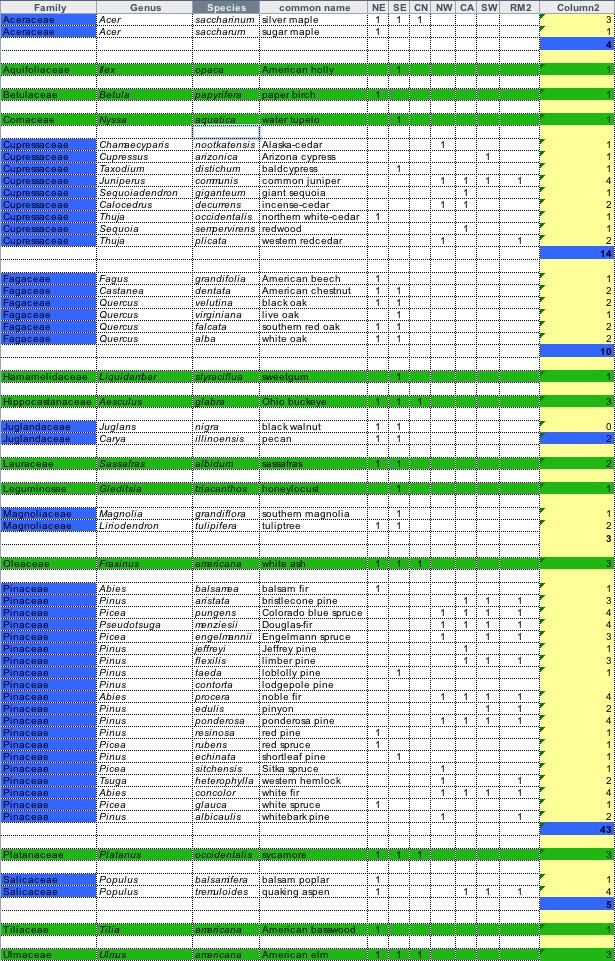
Families Pinaceae (43), Cupressaceae (14), and Fagaceae (10) are the most represented.
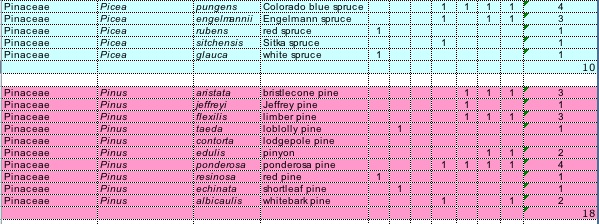
The genus Pinus has 18 individuals and the genus Picea has 10.
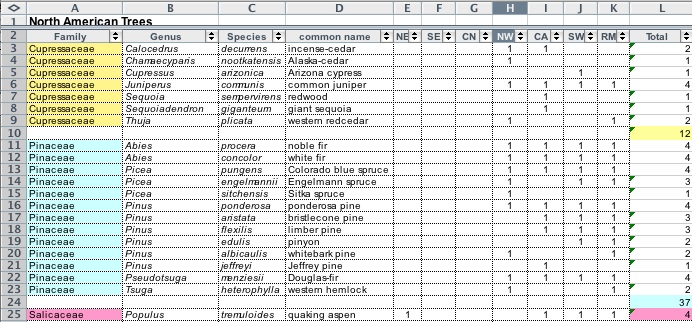
Family Pinceae is best represented in the western United States with 37 individuals.

Trees of the Genus Quercus are found predominatley in the Northeastern and Southeastern United States.
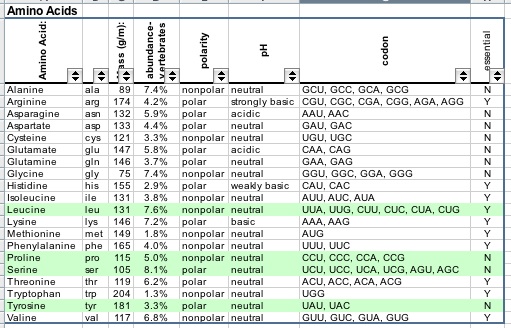
CCU=Proline
UAU=Tyrosine
UCG=Serine
UUG=Leucine
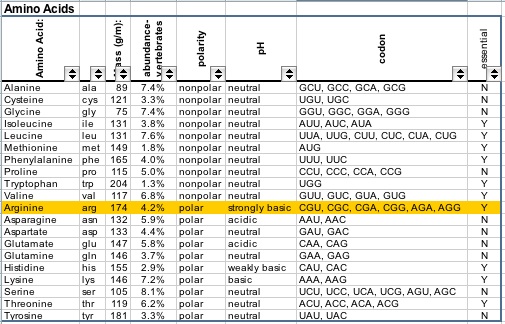
Arginine is rarest polar amino acid in vertebrates.

The above amino acids compose less than 7% of amino acids in vertebrates, are neutral, and polar.

Tyrosine is the only amino acid that has a molecular weight greater than 150 g/mol, is polar, and neutral.
| Cystic Fibrosis: Cystic Fibrosis is an early onset, genetic, childhood disease marked by the lungs' over production of thick mucus. As a result, the patient often suffers from difficulty breathing and is at risk for lung infections. |
| Achondroplasia: Patients with this genetic disease have physical features that give the disease the nickname "dwarfism". Achondroplasia is autosomal dominant, so patients have a 50% chance of passing the disease on to offspring. If two copies of the gene are inherited, the condition is fatal. This disease is most often inherited from the father. Detection is possible through genetic testing before birth, and common treatment includes the use of growth hormones. | 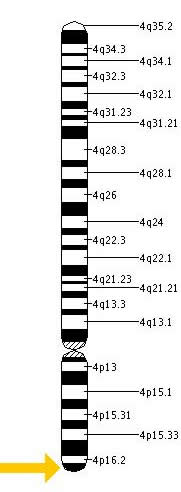 |
| Albinism: This genetic disease is noticible due to the lack of pigment in the patient. Without melanin, patients do not have color in their skin, hair, or eyes. Thus, an albinism patient has very white skin, reagrdless or racial background, white-blonde hair, and red eyes. This disease is seen in humans as well as other animals. | 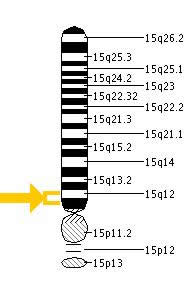 |
| Hemochromatosis: This disease occurs when the body is unable to process iron. As a result, iron builds up in the body and multiple organ systems often fail. Liver problems also result, including cancer, cirrohis, and even diabetes. Because this disease can present a multitude of various symptoms, it is often misdiagnosed. | 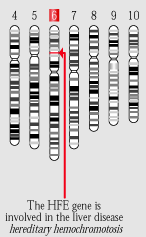 |
| It is now known that increased risk for Type I diabetes is related to a mutation in the insulin-dependent diabetes mellitus (IDDM1) gene on chromosome 6. | 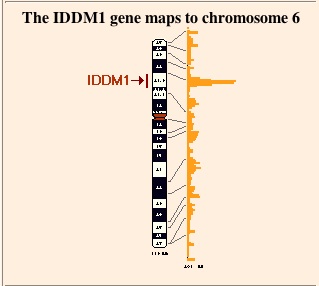 |
| Insulin 3INS (hormone used in sugar regulation) | 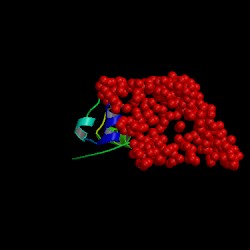 |
| Hemoglobin 1GZX (oxygen carrying molecule in the blood | 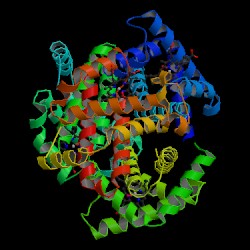 |
| Ferritin 1AEW (iron reservoir in spleen) | 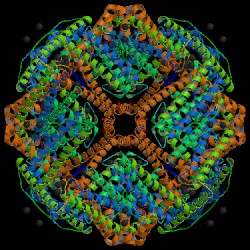 |
| Manganese peroxidase 1MNP (an enzyme for breaking down peroxides) | 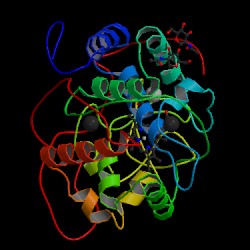 |
| NS1-protein 1AIL (a protein from flu virus) | 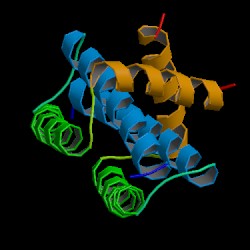 |
| (a) Giant redwood (Sequoiadendron giganteum), the largest living thing | 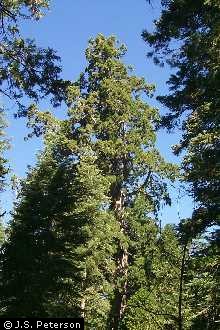 |
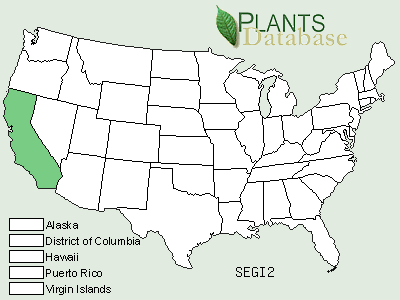 |
| (b) Bristlecone pine (Pinus longaeva), the oldest living thing | 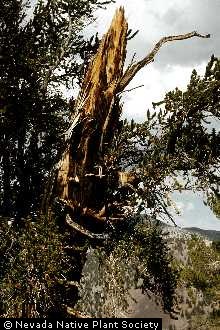 |
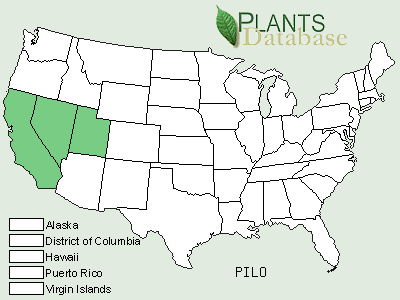 |
| (c) Coast redwood (Sequoia sempervirens), the tallest living thing | 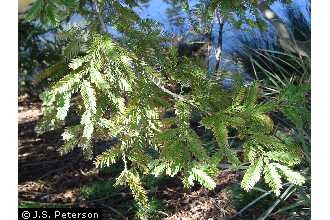 |
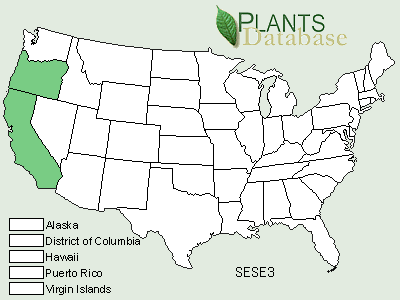 |
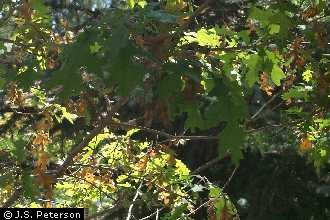
State Tree: Quercus rubra- Northern Red Oak
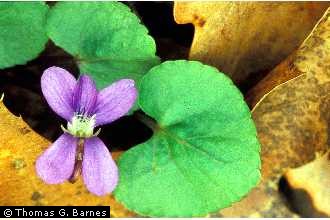
State Flower: Viola sororia- Blue Violet